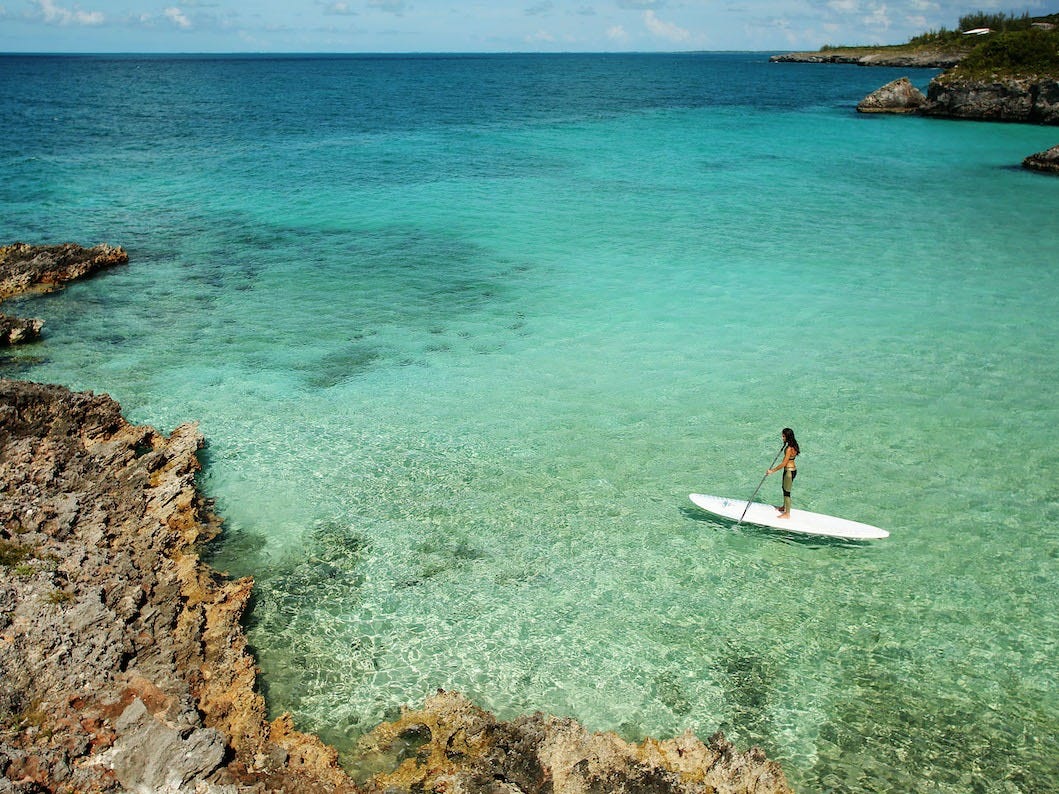- The Bahamas reopened to international travelers on July 1. But after a spike in coronavirus cases, the country decided to close its borders to US residents.
- That order was quickly reversed, and now the country has placed a mandatory 14-day quarantine for all incoming visitors.
- Once the quarantine is over, visitors can explore the country’s 700 islands, but they’ll find many attractions closed or working at limited capacities.
- The Centers for Disease Control and Prevention recommends avoiding all nonessential international travel during this time. If you decide to travel, follow the CDC’s recommendations in its Global COVID-19 Pandemic Notice.
- Visit Insider’s homepage for more stories.
The Bahamas are home to 700 islands, some of the world’s best beaches, delicious seafood, and deep turquoise water. Each year, millions of visitors travel to the country to explore its tropical atmosphere.
Like many other places, the Bahamas’ tourism sector has been devastated by the coronavirus, and the country has been trying to figure out how to welcome back visitors without putting the health of its citizens at risk.
The Bahama’s government thought it had made the right decision when it started welcoming international visitors on July 1, but after three weeks of being reopened, the country experienced a surge in coronavirus cases.
At the time of writing, the Bahamas has had 382 coronavirus cases and 11 confirmed deaths, according to the Johns Hopkins COVID-19 tracker.
Prime Minister Hubert Minnis announced on July 19 that borders would be closed to US visitors, but that decision was quickly reversed. US tourists will now be allowed into the country, but not without stipulations.
Traveling to the Bahamas will look a bit different now

The biggest change is a mandatory 14-day quarantine for incoming travelers, which was first reported by The Nassau Guardian.
The quarantine will take place in a government facility at the visitor's own expense, according to the government's emergency order. Once the 14 days are over, the traveler will be tested for COVID-19 at their own expense.
This also means that incoming visitors will not be asked to bring a negative coronavirus test upon arrival, which was a previous requirement when entering the Bahamas.
The reasoning for the change was to create a "uniform stand of treatment for all visitors," according to a statement released by Attorney General Carl Bethel.
Additionally, international travel into or out of Grand Bahama, which is the Bahama's northernmost island, is prohibited.
The only way to get around the 14-day quarantine is if incoming visitors arrive via a private or chartered aircraft.
Travelers are free to roam once they've finished the mandatory quarantine, but not everything will be open

The government has placed a curfew on the island from 7 p.m. to 5 a.m. every day.
Beyond remaining 6 feet apart and wearing masks in public spaces, tourists will also find many attractions closed. Casinos, bars, clubs, theaters, and museums remain closed, while restaurants, hotels, gyms, spas, and tourist attractions are operating at limited capacities.
A 19-page outline of what incoming visitors should expect can be found on The Office of the Prime Minister's website.
US travelers might want to consider exploring a destination closer to home

Travelers are itching to explore and get out of the house. However, the Centers for Disease Control and Prevention recommends avoiding all nonessential international travel during this time.
Consider exploring a nearby city or an unfamiliar state. Domestic travel across the US has been on the rise, and the tourism industry has witnessed an increased interest in road trips, RV rentals, and domestic trips.
For those determined to get on a plane, there are around 30 countries welcoming US visitors. However, travelers should do research beforehand to understand what policies are in place, as countries have a wide range of reopening plans and different requirements from incoming visitors.
